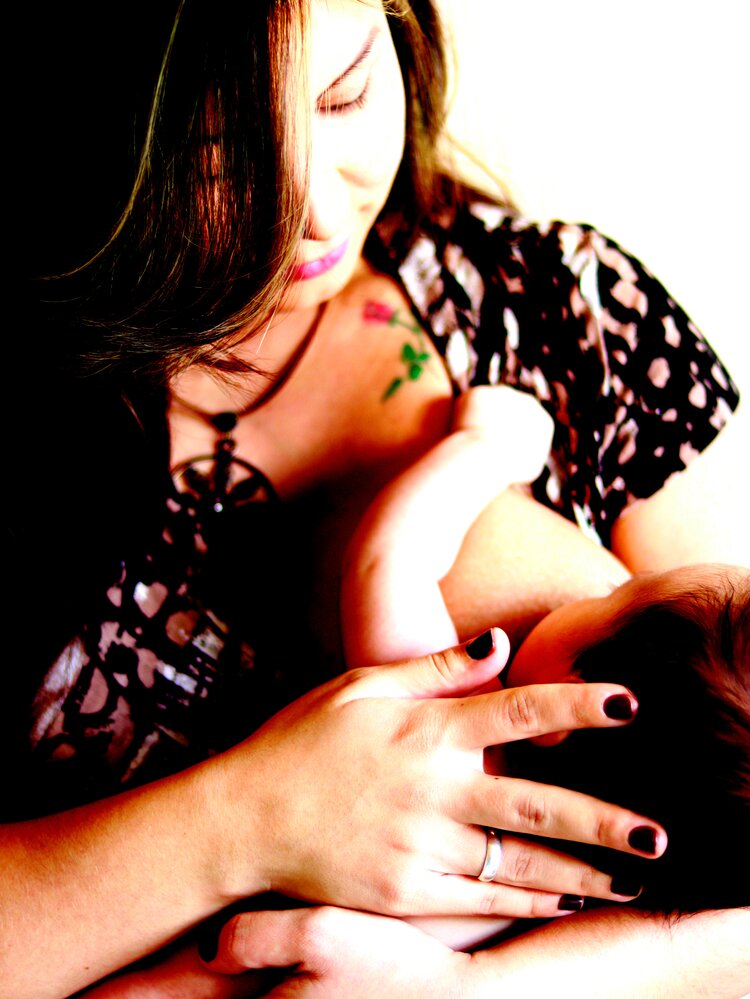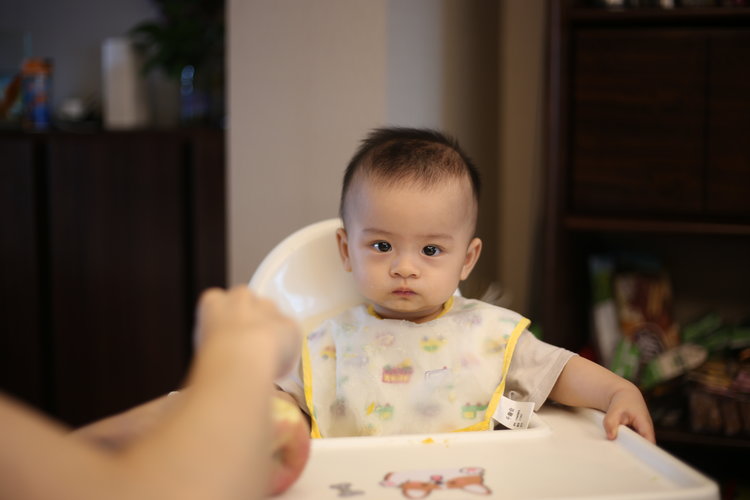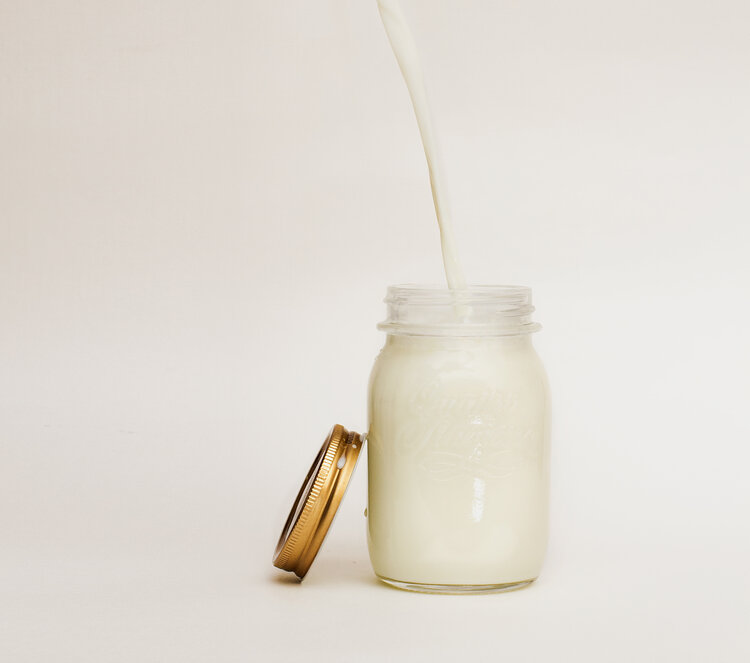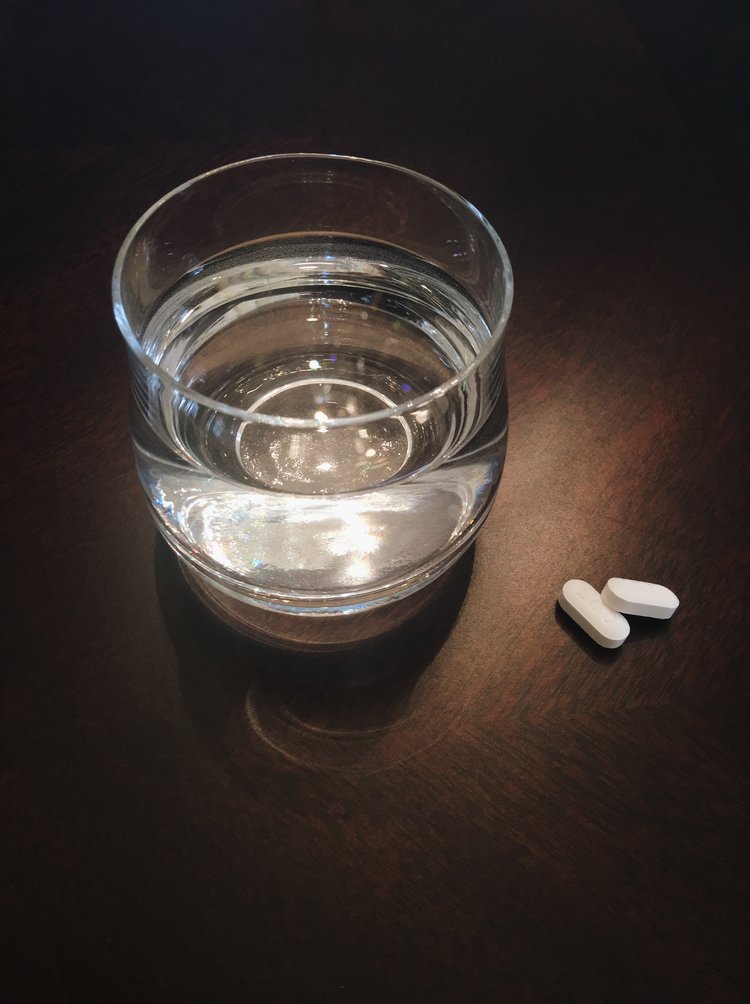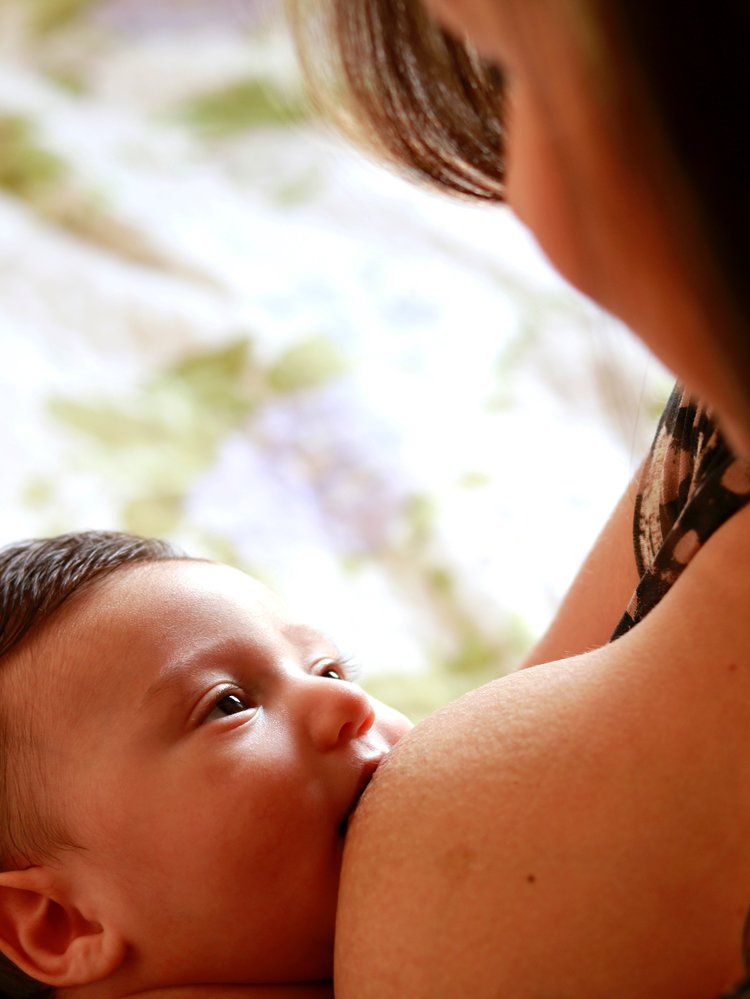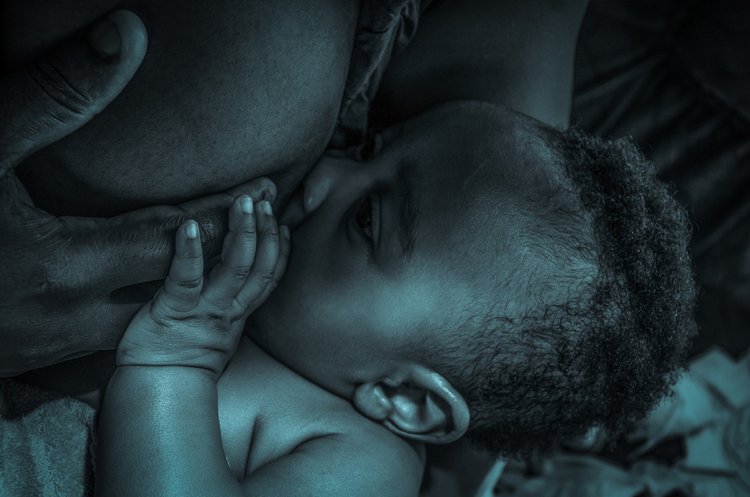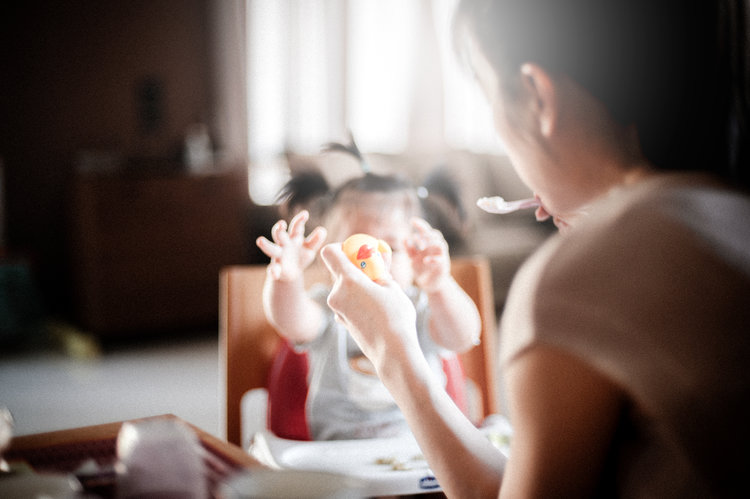
Babies can be fed by a variety of methods in the 4th Trimester and beyond. At-breast feeding is optimal for infant development, but may not be possible or desired. In addition to supplemental nursing systems, methods of feeding mother’s milk or formula include by bottle, cup, or spoon feeding. When using a bottle, never prop the bottle on a pillow or other device for infant self-feeding. This practice is unsafe.
Babies have a fuel gauge – “hungry” is arms bent, fists clenched, and hands close to mouth; “full” is eyes closed, arms relaxed. Learning and acting on these infant cues is called responsive feeding. Paced bottle feeding is an approach that mimics breastfeeding, and can be taught to all infant caregivers including in the childcare setting. It means holding the bottle at an angle and using gentle pulls so that the baby is working to extract milk (not having it drip or pour into the baby’s mouth).
The Carolina Global Breastfeeding Institute has a great resource on paced feeding – click here to read it. KellyMom also provides guidance on paced bottle feeding. Quick tips from KellyMom are below. She describes that babies should be bottle-fed:
- “Gently, allowing the infant to draw nipple into mouth rather than pushing the nipple into the infant’s mouth, so that baby controls when the feed begins.
- Consistent with a breastfed rhythm; the caregiver should encourage frequent pauses while the baby drinks from the bottle to mimic the breastfeeding mother’s let-down patterns. This discourages the baby from guzzling the bottle and can mitigate nipple confusion or preference.”
Do not encourage the baby to finish bottle. Sometimes people try to reinsert the bottle nipple into the baby’s mouth or move the nipple around in the baby’s mouth to encourage the baby to drink more. This can lead to over consumption and too much weight gain.
Videos on paced bottle feeding are available online, such as this example.
The Centers for Disease Control and Prevention offer tips for bottle feeding and cleaning. Of note, rice cereal should never be included in a baby’s bottle of human milk or formula.
